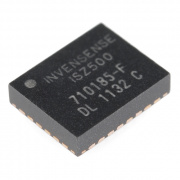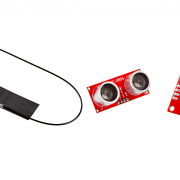Engineering Roundtable - Nick talks about Logic Gates
Check out today's edition of Engineering Roundtable!
In today's episode of "Engineering Roundtable," SparkFun product guru and hacker extraordinaire Nick Poole discusses logic gates and how you can model them using dominoes. Check out the video!
As always, please feel free to leave any questions or suggestions in the comments section below. Hope you all had a great weekend! Cheers







